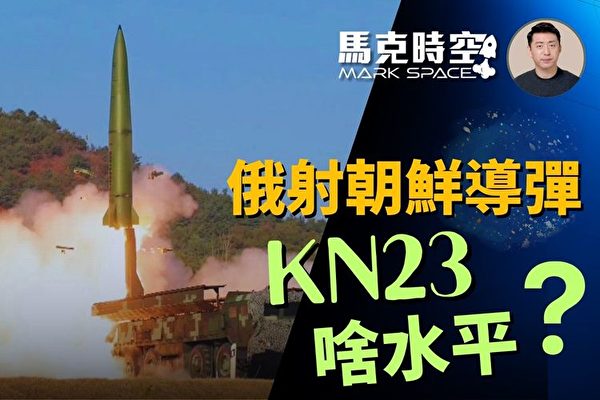The United Nations sanctions inspectors confirmed in a report submitted on April 29th that the missile fired towards the Ukrainian city of Kharkiv on January 2nd was indeed a North Korean-made Hwasong-11 series ballistic missile, directly violating the UN sanctions against North Korea. During the Security Council meeting in February of this year, the US government accused the Russian military of launching at least 9 North Korean-manufactured ballistic missiles towards Ukraine, potentially including the KN-23 and KN-24 variants of the upgraded Hwasong-11 series.
The North Korean KN-23 and KN-24 missiles purchased by Russia are believed to be developmental models of the Hwasong-11 series. The Hwasong-11 is North Korea’s most advanced solid-fueled short-range ballistic missile, designed to mimic Russia’s Iskander-M missile, hence it being dubbed the North Korean version of “Iskander”.
Although North Korea has not officially disclosed the performance parameters of the Hwasong-11 missile, from photographs, it can be observed that the Hwasong-11, with a diameter of around 0.8 meters, is larger than the KN-02 missile at 0.65 meters, with an increased length of around 0.5 meters. Based on the increase in propellant volume alone, it is entirely possible for the Hwasong-11 to have a doubled range compared to the KN-02, which should roughly match the initially announced 280 kilometers of the Iskander-M.
The remnants of North Korean missiles found on the Ukrainian battlefield indicate that its appearance closely resembles the 9M723 missile used in the Iskander-M, albeit with a slightly larger diameter. However, there are differences in detail such as the gas rudder, internal electrical layout, and rear components compared to the 9M723. Moreover, the manufacturing process of the Hwasong-11 is considered to be more primitive and rough compared to the Russian 9M723, likely due to North Korea’s long-term sanctions resulting in a lack of high-precision manufacturing equipment and military-grade electronic components, relying more on civilian products, leading to rough workmanship and high failure rates.
The West has discovered that apart from the Hwasong-11 missile, North Korea also has an improved version known as the KN-23, designated as Hwasong-11Ga in North Korean nomenclature. The KN-23 underwent a public test launch in May 2019, featuring a design that resembles the Russian Iskander-M but slightly larger in size.
In addition to the KN-23, there is another ballistic missile known as the KN-24, considered the “main missile” in North Korea. At the 2021 North Korean military exhibition, the KN-24 was referred to as Hwasong-11Na, with “Na” being the second letter in the Korean alphabet sequence, indicating that the KN-24 is an improved or replacement model of the Hwasong-11. Unlike the KN-23, the KN-24 missile appears to be roughly equivalent in appearance to the US Army’s Tactical Missile System ATACMS and also uses a launch vehicle similar to the US-made M270, clearly indicating North Korea’s efforts to learn from US experiences.
The article discusses the significant advancements and proliferation of North Korean missile technology, underscoring the global implications and challenges posed by such developments.

